A German botanist, Johann Jacob Dillen (Dillenius) (1687-1747) was an early contributor to bryology, arranging mosses and other plants into genera in his Catalogus plantarum sponte circa Gissam nascentium and Historia Muscorum. His illustration of Lichenastrum imbricatum majus is considered to represent the liverwort Radula complanata. His work is discussed in detail in The Dillinean Herbaria.
An Italian botanist Pier Micheli, or Pietro Antonio Micheli (1679-1737), contributed significantly to the understanding of fungi as well as the liverworts, which he arranged into genera as discussed in The Dillinean Herbaria (p. 3). He was the first author to use microscopy in the study of bryophytes and other cryptogams, making accurate and detailed illustrations of his subject matter. His Nova Plantarum Genera is considered one of his most significant works.
Another German botanist, Johann Hedwig (1730-1799) is notable for his contributions to the understanding of bryophytes, particularly with reference to aspects of their growth and reproduction. His posthumously published Species Muscorum Frondosorum (1801) included descriptions of nearly all mosses known at that time, and also is the starting point for moss nomenclature with the exception of Sphagnum speices. Hedwig is sometimes referred to as the “Father of Bryology,” and has a moss genus named in his honor (Hedwigia).
- Johann Jakob Dillenius
- title page from Catalogus plantarum sponte circa Gissam nascentium (“Catalog of Plants Originating Naturally Around Giessen”) by Dillenius (1718)
- Lichenastrum imbricatum majus (Radula complanata), from Catalogus Plantarum by Dillenius
- Pietro Antonio Micheli
- title page of Nova Plantarum Genera (1729) by Micheli
- Johann Hedwig
- Species Muscorum Frondosorum
- plate from Species Muscorum Frondosorum illustrating Phascum cohaerens and Gymnostomum japonicum
- Hedwigia ciliata (fringed hoar-moss), named after Hedwig
A more thorough treatment of the history of bryology may be found in W.B. Schofield’s (2001) Introduction to bryology.

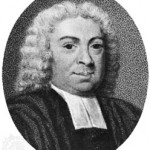
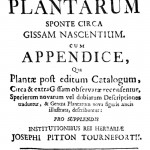
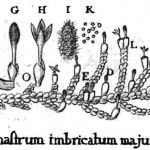
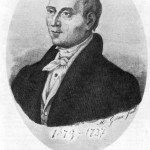



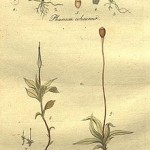

4 Responses to Early History of Bryology